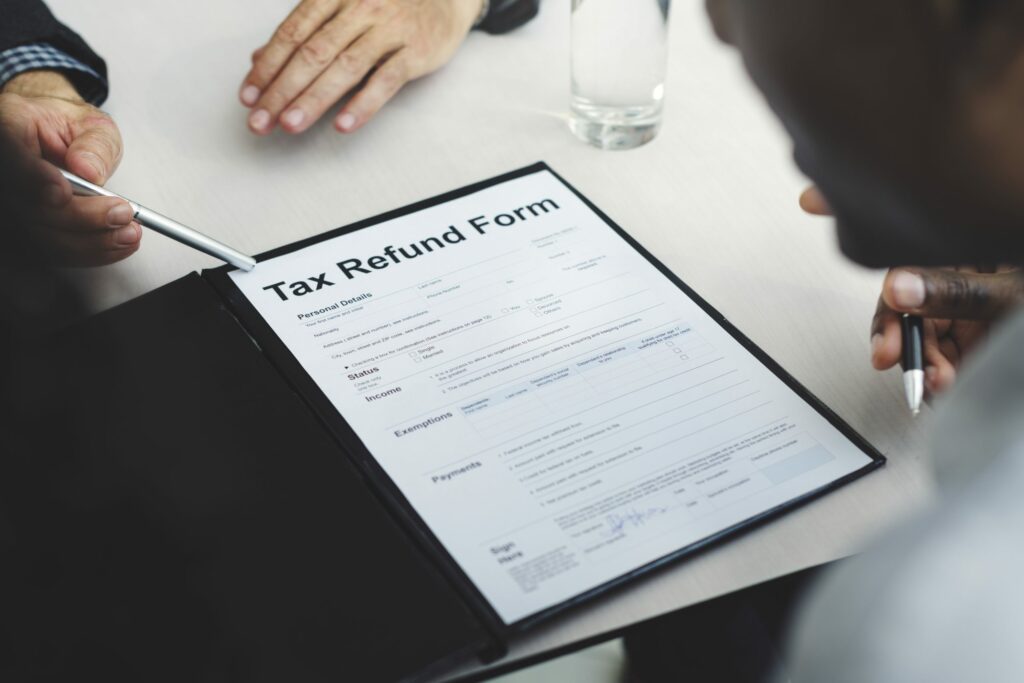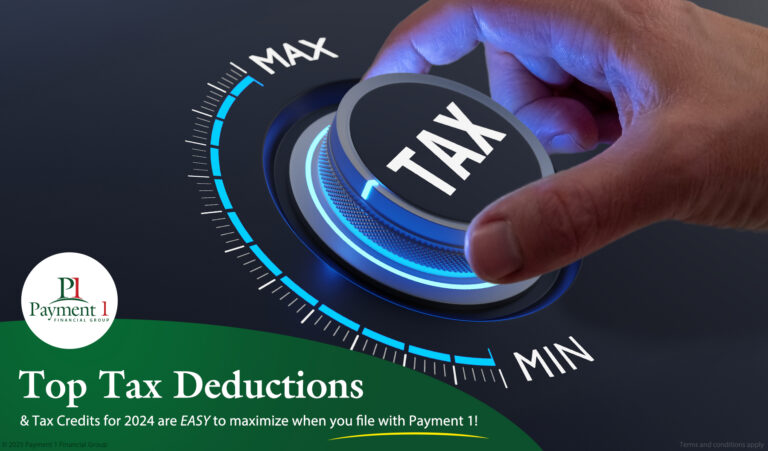What Are Tax Refunds and How Do They Work?

If you make enough money in a year, you’ll need to file your income tax with the government. And if you paid the government too much in a given year, they give the amount back to you as a tax refund. It’s not a bonus from the government. It’s your money that you temporarily (and mistakenly) “loaned” the government, and they are just giving it back. Many people use their refunds for investments, starting an emergency fund, or paying off debt.
How do tax refunds work?
If you’ve ever experienced getting a tax refund one year and then no tax refund the following year, you’re probably wondering how tax refunds work. For example, how do some people get hefty rebates, and some don’t get any?
When you file your tax returns during tax season, you calculate or estimate how much you owe the government in taxes. Naturally, the people who calculated their taxes correctly do not get refunds since they paid the correct tax. However, those who made an error will get a refund based on the amount they overpaid.
Other reasons you might get a tax refund include:
- Forgetting to update your W-4 to reflect any change in circumstances like having a baby
- Inaccurately filling out your W-4 form when you got hired
- Qualifying for a refundable tax credit
- Self-employed taxpayers who cannot give an accurate quarterly earnings estimate
- And some people overestimate their taxes to get larger tax refunds come tax season
Refundable tax credits
Tax credits vary yearly and are usually part of a stimulus package for lower-income people. This doesn’t mean that people with higher income don’t get tax credits. It all depends on what Congress decides when it comes to extending tax credits or not. In addition, tax credits are not guaranteed every year.
A refundable tax credit is when you get a tax refund even if you don’t owe the government any taxes. For example, you qualify for a $2,000 refundable tax credit. If you only owe $1,000 in taxes, you get the remaining $1,000 as a tax refund. If you don’t owe any taxes at all, you get the entire $2,000 as a tax refund.
On the other hand, nonrefundable tax credits do not give you any tax refunds at the end of the year. It can, however, reduce your tax liability to $0.
Congress holds power when it comes to tax credits. They can vote to extend a particular tax credit for the current tax year but choose not to revive that the following year.
Examples of refundable tax credits
Child tax credit (CTC)
The CTC for 2021 pays $3,600 maximum for every qualified child dependent. In the previous years, it was only $2,000 per child dependent. As a response to the COVID-19 pandemic, the president has expanded CTC. CTC is fully refundable for 2021. If you have one child that qualifies as a dependent under CTC for 2021 and you owe $2,000 in taxes, the IRS will send you the remaining $1,600 as a tax refund.
Earned income tax credit (EITC)
These are tax credits that people with low to moderate income may qualify for. This reduces your tax liability and might qualify you for a tax refund.
Premium tax credit (PTC)
A premium tax credit lowers your overall cost of health insurance. You must choose from any insurance offered through federal and state exchanges. Low to moderate-income households can qualify for this refundable tax credit. You get a refund if you use less than the allowed amount.
American opportunity tax credit (AOTC)
This tax credit helps offset higher education costs for qualified students. This is worth $2,500 per student per annum. If you pay less than the AOTC amount in taxes, you get up to 40% of the remaining amount back with a maximum of $1,000.
The tax refund process
When you file your taxes (IRS Form 1040), you need to report all your income plus the deductions to accurately calculate (or estimate, in the case of self-employed individuals) your tax liabilities. Payment should include all sources of incoming cash like salary, tips, bonuses, IRA distributions, etc. Deductions might include:
- The interest on your student loans
- Contributions to your IRA or health insurance
- Outward cash flow for businesses
Subtracting the total amount of your deductions from your income will give you your adjusted gross or taxable income. You might need to file state taxes and federal taxes depending on which state you live in.
If the total amount you paid is more than your actual tax liabilities, the government will send you back your “change” as a tax refund.
The IRS will usually send your refund in less than 21 calendar days. If you claimed the CTC or EITC, your tax refund would probably be released sometime in March.
You can claim your tax refund in several ways — a paper check or direct deposit, or you can even have them place it in a retirement account.
Takeaway
Now that you know how tax refunds work, you will have a better idea of whether or not you can expect a tax refund. Tax refunds are generally an incredible windfall. Make sure to use those funds wisely.
Payment 1 offers a tax filing service that can get you the maximum refund as quickly as possible. Our team can help you in every step of the process. Make every tax season stress-free一contact us today!




